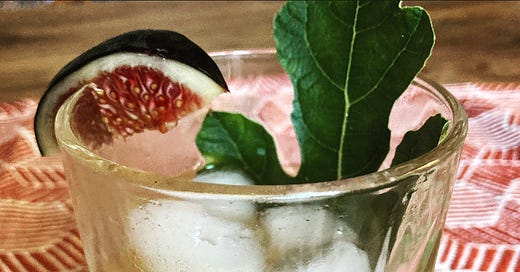Ciao! Just back from Italy. A touch of Autumn in the air. I thought a good moment to revisit Alice Lascelles’s classic Fig Leaf Old Fashioned, fig leaves being at their most flavourful at this time of year. It’s such an elegant twist on a classic and I daresay there will be a lot more on these lines in Alice’s forthcoming book on the Martini - which I c…
Keep reading with a 7-day free trial
Subscribe to The Spirits to keep reading this post and get 7 days of free access to the full post archives.



